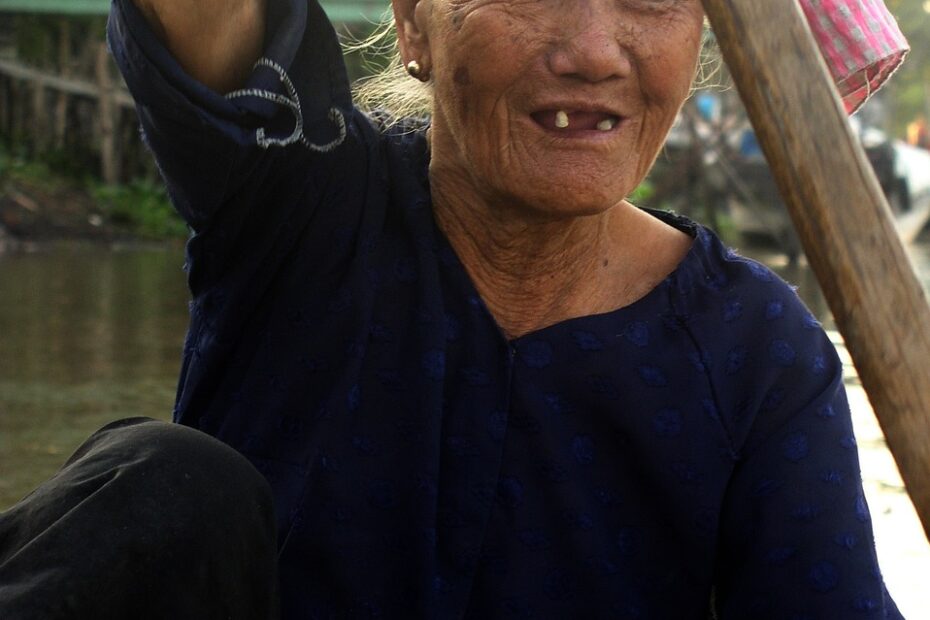Publicado: 30 de January de 2025 | Actualizado: 22/08/2025 a las 5:56:05 PM
Updated 08/22/2025
When a tooth becomes severely damaged, it’s best to have it pulled out.
After pulling it out, the gum is free.
Gum cells then create a small uterus with chromosomes, which must be changed and modified for reproduction.
Gum cells have information in their chromosomes, but they are unable to reproduce for the tooth due to the speed at which calcium is injected into the old, lost tooth.
Sometimes, gum cells may lose certain chromosomes, which could mean they need to be reproduced.
Once the chromosome has been reproduced, all that remains is to give orbital speed to the planet Pluto or the planet that corresponds to the tooth chromosome, which is responsible for absorbing asteroids into Pluto, or the chromosome ejects calcium more rapidly for the tooth to grow. Once the tooth grows, Pluto may lose orbital speed and absorb asteroids.
Pluton indicates calcium quality.
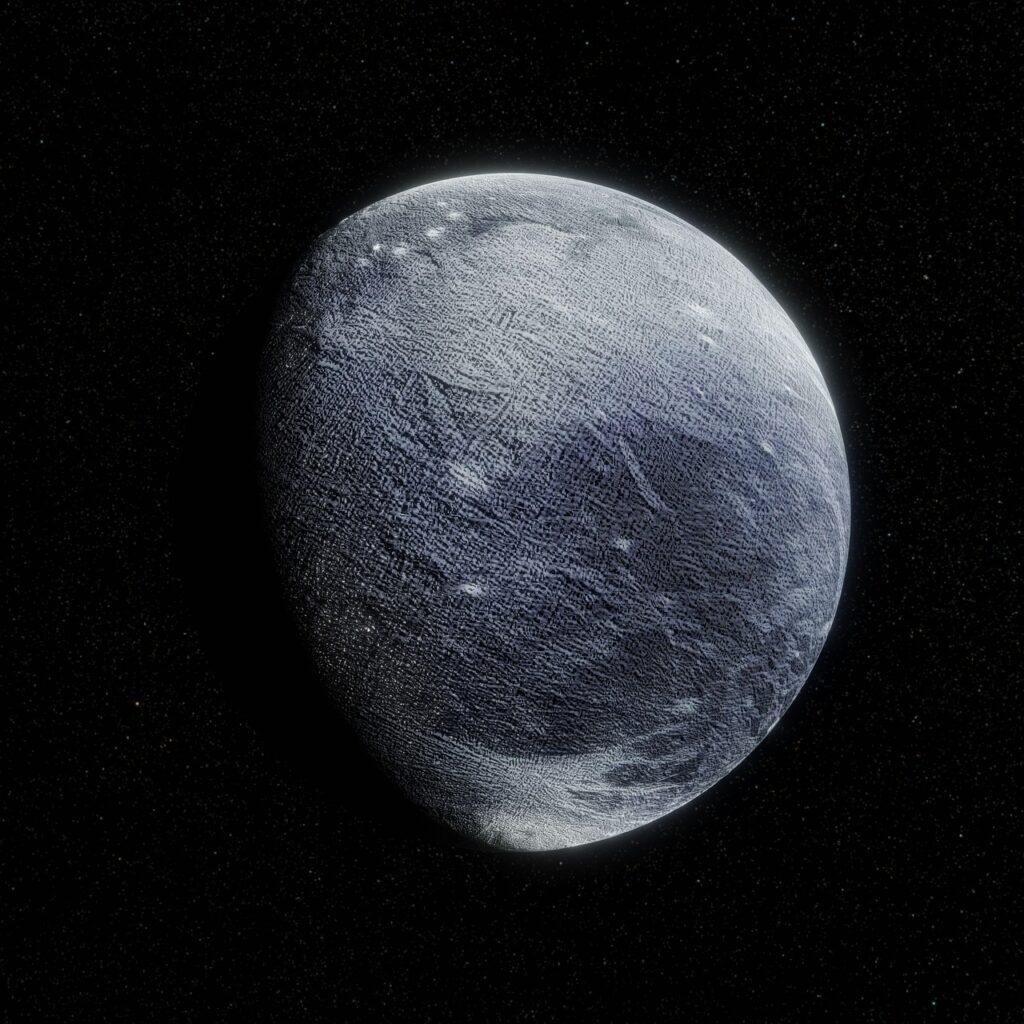
When Pluto accelerates, a new temporary chromosome could emerge, which reproduces the tooth, and when Pluto loses orbital velocity, the chromosome is lost.
In this other image of Pluto, it could be due to dental infections.
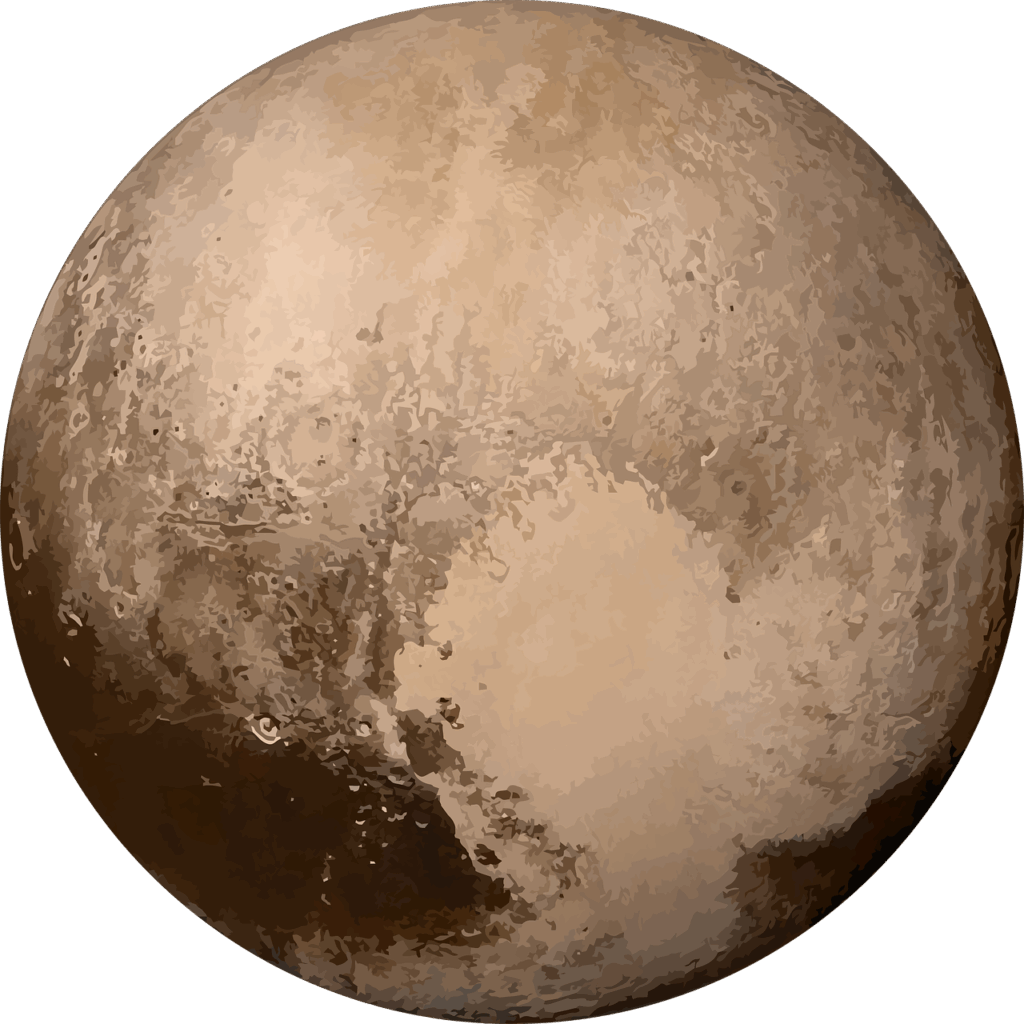
If this article is true, there could be some glitches in robotic telescopes, which could be temporary or permanent depending on how Pluto turns out.
Another very important thing is that Pluto can have a very small moon or form its first moon, for those who manage to reproduce teeth as adults. The more teeth you reproduce throughout your life, the more Pluto’s moon grows. What the moon does is reproduce the stem cells that regenerate teeth.
Teeth don’t need to be removed; they break and burn on their own, perhaps only soothing for days of pain from infection. As you can see in this picture of me. My teeth are like this, but I’ve never suffered pain. Another photo of me, on the left side, shows the gums already prepared for teeth to emerge.
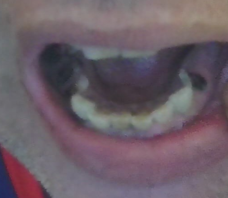
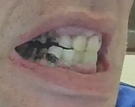
At the moment, potential new teeth can only be seen with X-rays, and they haven’t emerged. I was about to buy an X-ray system, but I didn’t get the chance, and we have to wait for the next photo. When the tooth emerges from the gum, it may be delayed and not emerge with a white color, because it gets infected quickly, and cavities could appear as soon as the tooth emerges—in no time. I lost all the ones that came out again in a short time, and they all rotted.
Actually, the color of calcium is different or multi-colored, and it can be found in nature in different colors, like a yellow hue, but with a lot of contrast, in its pure or mineral state. The whitest calcium in its mineral state is quicklime, and when it comes into contact with water, it ferments or heats up a lot, and this fermentation sometimes happens, even in the tooth itself. The calcium in the tooth and quicklime can be of volcanic origin, and cavities can be due to excess calcium fermentation.
It could also be the viral infection and its calcium content, provided by the phage viruses, but in a different color, and it also ferments. In this case, it’s the calcium at the microscopic level, more yellow, that ferments. When it’s a viral infection, it could be that the chromosomes have to do with Pluto’s moon, and the flammable and explosive calcium has to end up on the moon, not the planet, causing an explosive or flammable surface because Pluto’s moon can end up forming volcanoes when it grows or forms a planet. When this calcium from the viral phage infection ends up on Pluto’s moon, the calcium is more stable and doesn’t inflame the tooth, causing cavities or pain, and it could improve the skeletal system, which has similar problems.
The truth is, I lost all my teeth at the same time because they burned when I lost weight and improved physically. It could have been due to the intense volcanic activity in the earth, which caused the loss of calcium water, which could have burned the teeth. It’s like cavities, but they’re calcium burns. It also serves to break down the teeth and free the gums. I removed them on one side, but I’m waiting for them to erupt on one side to remove them from the other.
Actually, to reproduce the tooth it would be like this. First, the stem cell of the tooth is created with calcium from the planet Pluto, then a chromosome. When the stem cell takes position, it empties the water from the stem cell, leaving a type of calcium from the planet Pluto, which will ferment the calcium in the tooth and gain temperature for an infection. Then, when the water is emptied from the stem cell, it is exposed to phage viruses, which will infect it and inject calcium of a different type of calcium, which will be lunar calcium. Then this cell reproduces and will be exposed again, for the phage infection and everything else, until the tooth or teeth are reproduced.
One type of calcium for bones and teeth is planetary calcium, which is provided by leukocytes when they phagocytize calcium particles from molecules, such as sugars or lung waste. Another type of calcium is provided by phage viruses, which is lunar calcium. When lunar calcium enters the planets, it causes toothache or bone pain, so it’s important for chromosomes to regulate both types of calcium. Also, when a tooth hurts, you may need to inject calcium from leukocytes into the skeletal system.
Why do cavities occur when we have a viral infection? Cavities are due to the fact that when leukocytes phagocytize calcium, this calcium ends up in the teeth. However, this phagocytized calcium can contain a virus wrapped in the phagocytized calcium. When the tooth cells oxidize neurotransmitters, certain antibodies in the tooth cell receptors could burn the calcium in the tooth, releasing the virus that it absorbed when it fed on calcium. This burned calcium is the decay.
Could it be that having too much sex or having too few sperm leaves the testicles depleted of sperm reserves, and leukocytes produce antibodies to release viruses, which then produce sperm in the testicles? Perhaps.

